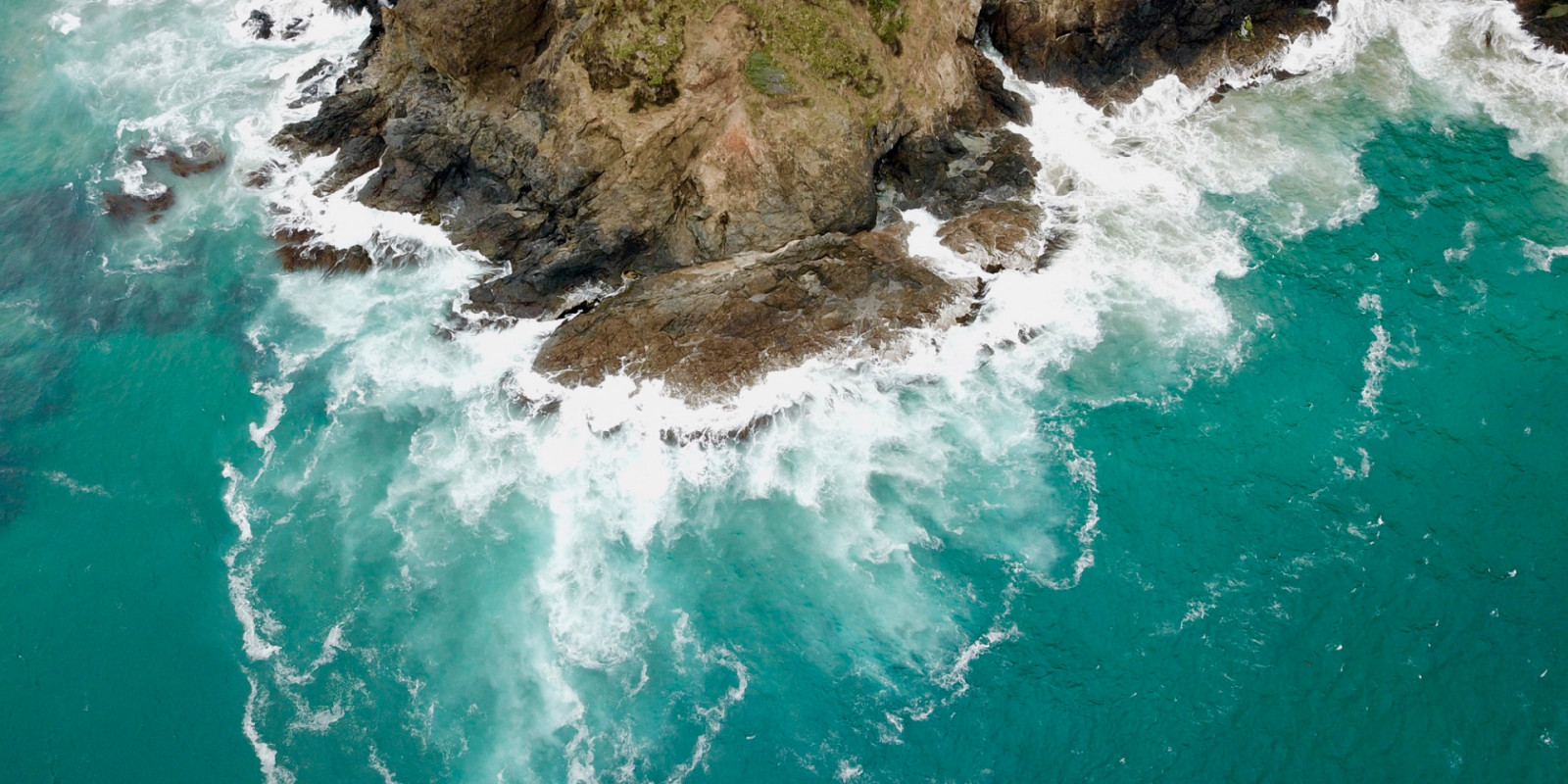- Presentation
Tracking ocean plastic
Webinar presentation by Heni Unwin and Ross Vennell, November 2019 (35 mins + Q&A)
The Cawthron Institute researchers showcased an interactive online tool they developed to predict the movement of plastic waste around New Zealand’s coastline. Plastic that ends up in the ocean can accumulate on beaches or be transported many kilometres by ocean currents.
The Ocean Plastic Simulator shows high speed visualisation of currents and connectivity in Aotearoa's coastal seas, and will be of particular interest to regional councils, marine managers, researchers, and the aquaculture industry.
Potential applications
Initially designed as an educational tool for schools, the simulator also has potential for environmental monitoring and biosecurity. With the right source data, it can easily be modified to show where plastic pollution has come from or to predict movement of living things.
For example, the aquaculture industry could use it to predict or track movement of larvae and spat, invasive species, or lost equipment.
How it works
The tool combines regional models of tides, winds and currents with a 'particle tracking engine' and maps to simulate the path taken by plastic water bottles floating in the top 3 metres of the sea, and how long they take to get to their destination.
It takes less than 10 secs to simulate movement of 100 pieces of plastic over 30 days, or until they are beached.
